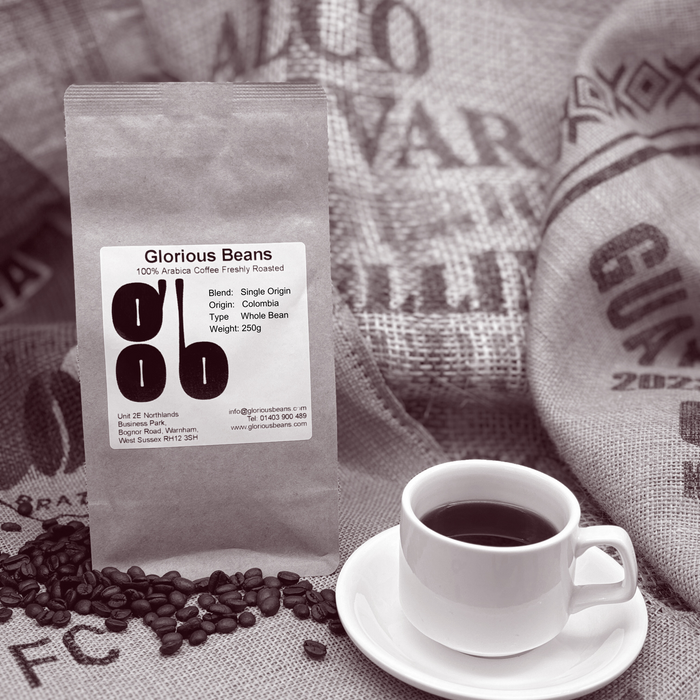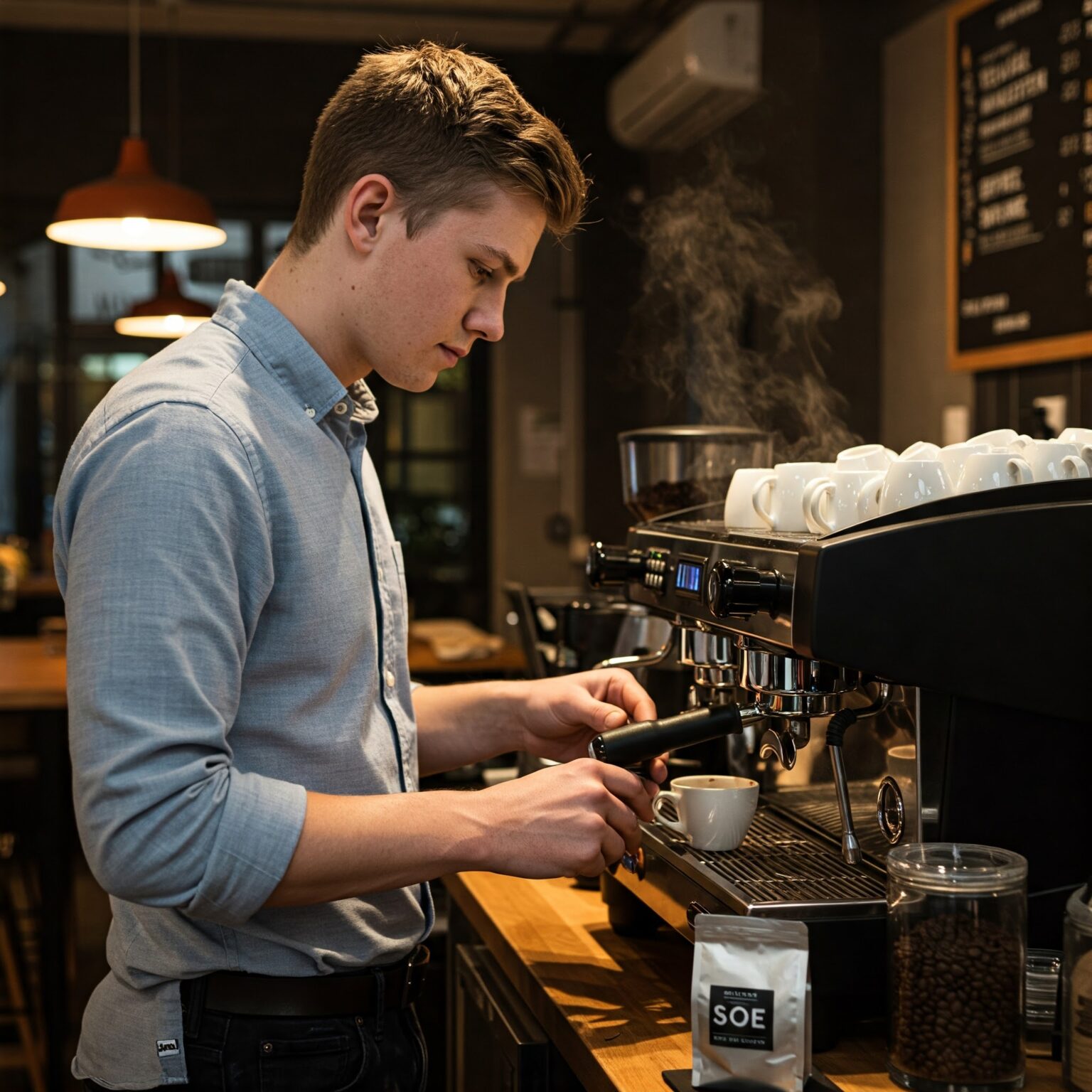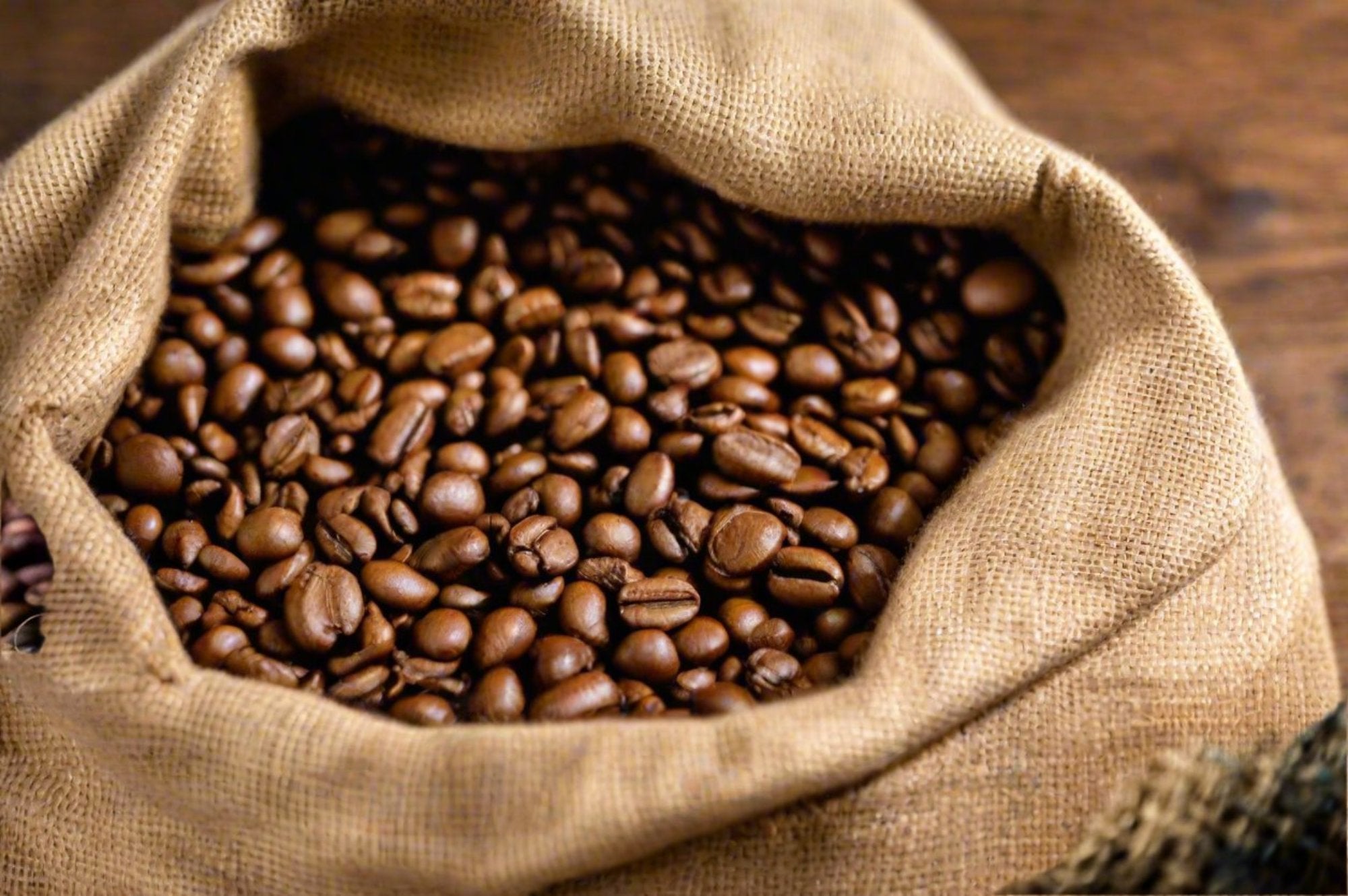A Beginner’s Guide to Understanding SOE Single Origin Espresso
Wiki Article
Recognizing Coffee Beans: the Journey From Coffee to Blended Coffee Beans

The Origins of Coffee: A Global Perspective
While you might believe of coffee as a contemporary staple, its beginnings map back centuries, linking with cultures throughout the world. The story starts in Ethiopia, where legend states a goat herder called Kaldi discovered the energizing effects of coffee beans after seeing his goats romping energetically after eating them.As trade courses increased, coffee made its way to Europe in the 17th century, rapidly gaining appeal. Each society included its unique spin to coffee preparation, enhancing its background.
Farming and Harvesting of Coffee Beans
As coffee's journey evolved, the emphasis shifted to the cultivation and harvesting of specific bean selections, specifically those made use of for coffee. You'll discover that espresso beans commonly come from Arabica or Robusta plants, each offering distinctive tastes. The optimal expanding conditions consist of high elevations and abundant, well-drained soil, which improve the beans' top quality.During the harvest, picking approaches differ. Timing is vital; you desire to harvest when the cherries get to peak ripeness for optimum flavor.
As soon as gathered, the beans are planned for processing, which is vital in establishing their final preference. Recognizing the growing and collecting procedures gives you insight into what enters into your favored espresso, enriching your admiration for each and every cup.
Handling Methods: From Cherry to Bean
Since you have actually found out about gathering coffee beans, let's explore how those cherries change right into the coffee beans you love. You'll see just how different harvesting techniques effect taste, followed by the necessary actions of fermentation and drying. We'll damage down the milling and grading process that identifies your coffee's top quality.Harvesting Methods Clarified
When it comes to coffee, comprehending harvesting methods is necessary, because they directly affect the taste and quality of the beans you appreciate. Selective picking involves hand-picking only ripe cherries, ensuring you obtain the ideal quality beans. Eventually, the selection of gathering technique can greatly influence your coffee experience, so it's worth recognizing just how those beans made it to your cup.Fermentation and Drying Out
After harvesting, the following steps in handling coffee beans play a substantial duty in forming their flavor. You'll discover that fermentation is vital, as it assists break down the mucilage bordering the beans, boosting their taste profile. Depending on the technique, this procedure can last from a few hours to numerous days, with differing results based on temperature and moisture.Once fermentation is full, drying out complies with, which is similarly vital. You can select from sun-drying or mechanical drying techniques. Sun-drying permits the beans to take in tastes from the atmosphere, while mechanical drying guarantees constant moisture levels despite weather condition. Proper drying is necessary to protect against mold and preserve the beans' quality, inevitably affecting your mug of coffee.
Milling and Grading Refine
As fermentation and drying established the phase for taste advancement, the milling and grading procedure warranties that only the very best coffee beans make it to your cup. This stage involves eliminating the external layers of the coffee cherry, consisting of the parchment and husk. After milling, the beans are sorted by size and weight, guaranteeing an uniform top quality. You'll find that grading aids identify defects and classify beans, which influences taste and scent. Top quality beans obtain a greater quality, resulting in a richer coffee experience. As soon as graded, the beans are all set for packaging and delivery, preserving their distinct characteristics. This careful process is crucial for supplying the extraordinary taste you appreciate in every sip of your preferred brew.Toasting Strategies: Unlocking Flavor Prospective
When you roast coffee beans, the approach you pick can dramatically influence the taste account. Recognizing the connection between time, temperature level, and roasting methods is vital to revealing the capacity of your brew. Allow's check out how these elements come together to create the ideal mug.Roasting Approaches Explained
While you may believe that all coffee roasting techniques produce the very same outcomes, the truth is that each strategy discloses distinct taste possibilities in the beans. You can choose between techniques like drum roasting, air roasting, and even standard pan roasting. Drum roasting uses a rotating drum to uniformly distribute warmth, boosting caramelization and generating a well balanced taste. Air roasting, on the other hand, distributes warm air around the beans, promoting a lighter roast with pronounced level of acidity. Pan toasting permits hands-on control but calls for consistent attention to avoid burning. Each method has its nuances, so explore various strategies can aid you uncover the best roast that aligns with your preference preferences. Enjoy the trip of finding your excellent cup!
Effect on Taste Account
Different roasting approaches not just influence the process however additionally significantly impact the taste account of the coffee beans. When you choose a light roast, you'll experience bright acidity and flower notes, showcasing the bean's beginning. In comparison, a tool roast balances acidity with sweetness, commonly disclosing chocolatey undertones. Dark roasts, on the other hand, bring out strong, smoky flavors, often covering up the bean's one-of-a-kind characteristics. Each technique exposes different oils and compounds, resulting in a broad variety of flavors. By exploring with different toasting styles, you can find which profiles resonate with your taste buds. Comprehending these nuances helps you appreciate the artistry behind your cup of coffee, boosting your total experience with every sip.Time and Temperature Level Variables
To launch the full taste possibility of coffee beans, both time and temperature during the toasting procedure play significant roles. When toasting, you'll discover that higher temperature levels can swiftly establish flavors, yet if you rush it, you might finish up with scorched notes. Conversely, reduced temperature levels allow for a more steady flavor development, showcasing the beans' one-of-a-kind qualities.
Timing is simply as important; expanding the roast too long can cause a loss of acidity and illumination, while also short a roast may leave the beans underdeveloped. Locating that pleasant place calls for technique and experimentation. By readjusting these factors, you can expose the abundant, complex tastes hidden within each bean, creating an absolutely impressive coffee experience.
The Art of Blending: Crafting Special Coffee Profiles

Beginning by choosing a base coffee that gives a strong foundation. Single Origin Espresso A bright Ethiopian bean can bring fruitiness, while a rich Brazilian coffee includes body.
As you mix, maintain in mind that each combination narrates. You're not just making coffee; you're developing an experience. So, take your time, taste regularly, and enjoy the trip of finding your signature mix.
Developing Techniques: Exactly How Prep Work Influences Taste
Mixing coffee opens up a domain name of taste opportunities, but just how you brew that mix can significantly affect your final mug. On the other hand, a pour-over highlights the coffee's quality and brightness, excellent for showcasing delicate notes.Coffee, with its high pressure, generates a concentrated shot that emphasizes sweetness and crema. If you like a lighter brew, think about a cold brew approach; it yields a smooth, much less acidic preference.
Eventually, trial and error is essential. Readjusting variables like water temperature, grind size, and make time can transform your coffee's account. So, embrace the art of developing to uncover the flavors hidden in your coffee blends. The right method can raise your experience to brand-new heights.
The Future of Coffee: Sustainability and Advancement
As the coffee market evolves, sustainability and development are coming to be essential for attending to ecological challenges and meeting consumer demands. You'll observe that even more coffee firms are adopting environment-friendly techniques, from sourcing beans morally to implementing sustainable farming methods. These shifts not only assist the world yet additionally boost the quality of the coffee you enjoy.You might see developments like naturally degradable product packaging and water-saving brewing techniques that minimize waste. Advanced innovation, such as blockchain, is likewise ending up being prominent, making sure openness in the supply chain, which enables you to trace your coffee back to its origins.
Furthermore, purchasing local communities and sustaining farmers via reasonable profession efforts promotes a more sustainable coffee ecosystem. As you drink your following cup, bear in mind that your selections can add to a brighter future for coffee. By selecting sustainable brands, you're not simply delighting in a beverage; you're making a favorable effect on the globe.
Frequently Asked Questions
What Is the Difference In Between Arabica and Robusta Beans?
Arabica beans are smoother, sweeter, and have a higher level of acidity, while robusta beans are stronger, more bitter, and have more high levels of caffeine. You'll observe these differences in taste and scent when making your coffee.How Does Altitude Affect Coffee Bean Taste?
Altitude influences coffee bean flavor substantially. Higher altitudes produce beans with brighter level of acidity and complex tastes, while reduced altitudes often generate beans that are larger and less nuanced. You'll see these differences in your mug!What Are the Health Perks of Alcohol Consumption Coffee?
Drinking coffee can improve your energy, enhance psychological focus, and even boost physical performance. It's rich in anti-oxidants, might lower the danger of particular diseases, and can promote a much healthier metabolism when consumed in small amounts.Can Coffee Beans Be Recycled for Brewing?
Yes, you can reuse coffee beans for developing, yet the taste may be weak. If you appreciate experimenting, try reusing them in various means, like cold brews or contributing to smoothies for an extra kick.Exactly how Should I Shop Coffee Beans for Quality?
To maintain your coffee beans fresh, store them in an airtight container in a great, dark area. Stay clear of exposing them to warmth, dampness, or light, as these elements can rapidly deteriorate their taste and scent.Recognizing Coffee Beans: the Trip From Coffee to Blended Coffee Beans.
Currently that you have actually discovered regarding gathering espresso beans, let's check out exactly how those cherries transform into the coffee beans you love.When you roast coffee beans, the method you choose can drastically affect the flavor profile - Single Origin Espresso.While you might think that all coffee toasting approaches produce the same results, the truth is that each strategy discloses distinct flavor capacities in the beans.Various toasting techniques not only affect the procedure however likewise significantly affect the taste account of the coffee beans
Report this wiki page